
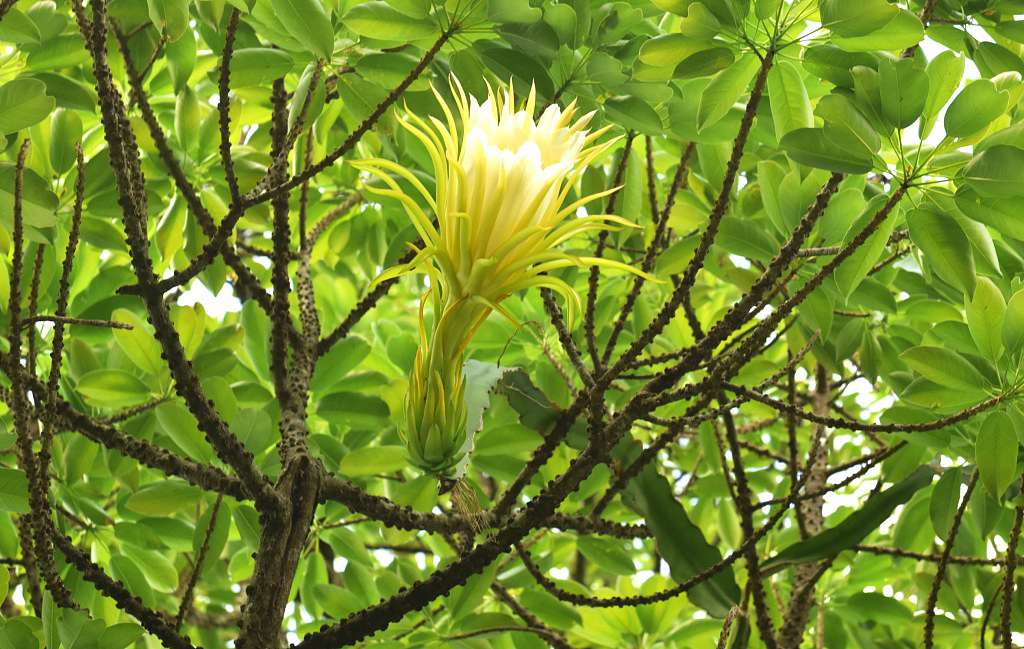
In the subtropical province of Guangdong in southern China, a beautiful plant traveled across the ocean from the Americas hundreds of years ago. This is the Hylocereus undatus, commonly known as pitahaya. A hybrid version of it bears the famous dragon fruit.
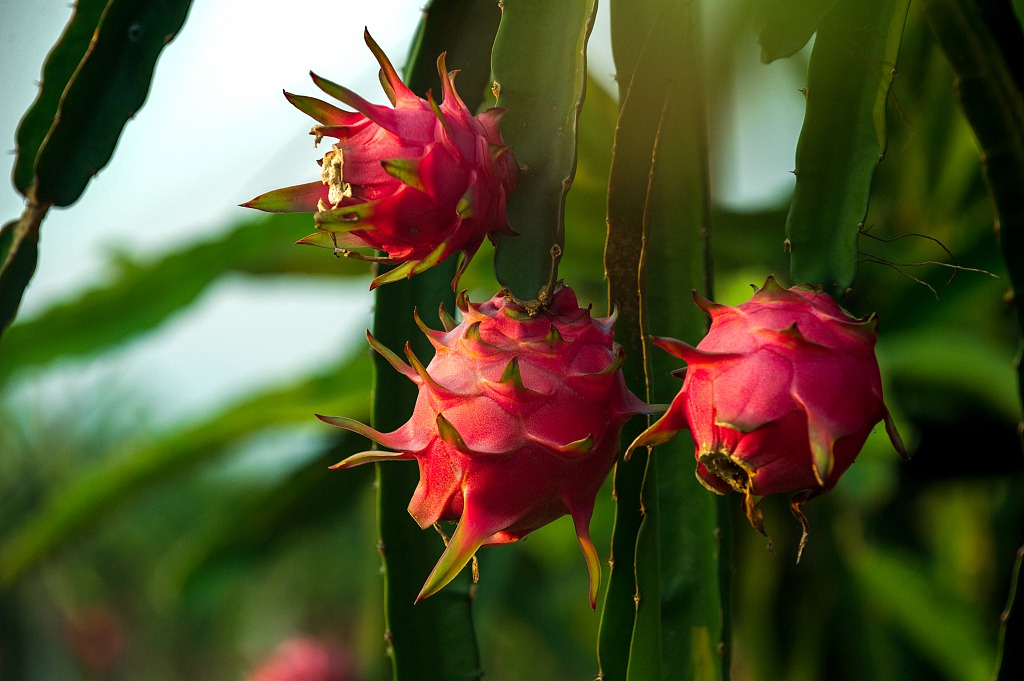
The dragon fruit is a hybrid result of the Hylocereus undatus. /VCG Photo
However, the original pitahaya plant rarely, almost never, bears fruits. When it was introduced to China in 1645, it settled in the humid and warm regions in Guangdong, and the people there have been cultivating it for its beautiful and edible flowers.
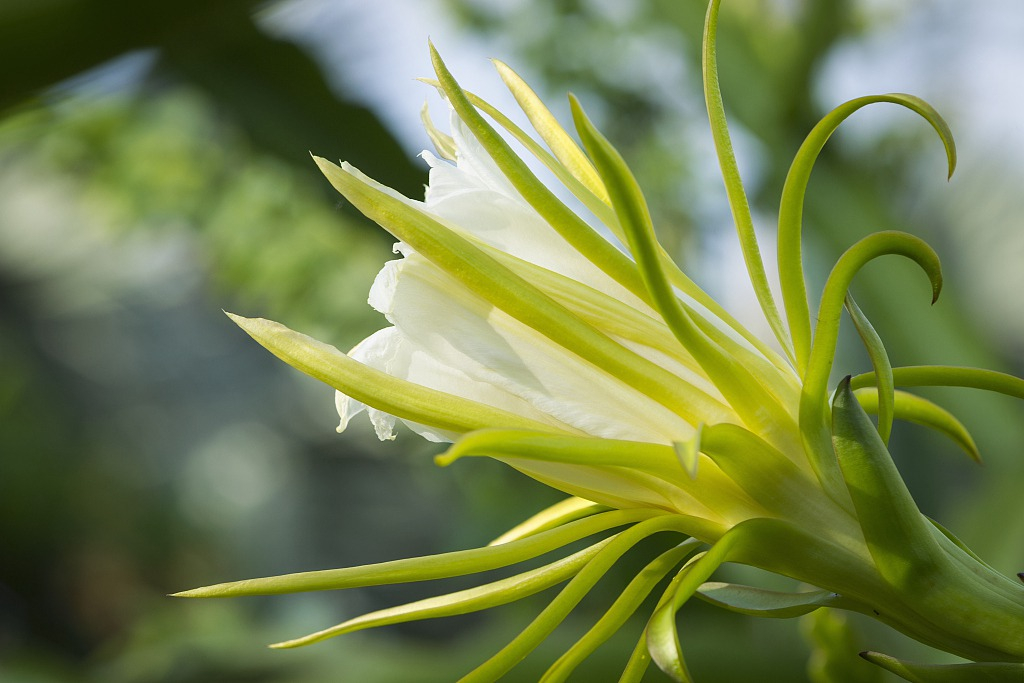
The beautiful white flower of Hylocereus undatus. /VCG Photo
The most famous subspecies of the plant in Guangdong is from a city called Zhaoqing. The favorable environment and moist soil here nurture extraordinarily big and white flowers. Local people call it the “sword flower” because of its pointy petals. The flower is a commercial plant in Guangdong. People love to use the flower, fresh or dried, to cook or to make soup, which is luscious and is believed to benefit lung functions by the Cantonese.
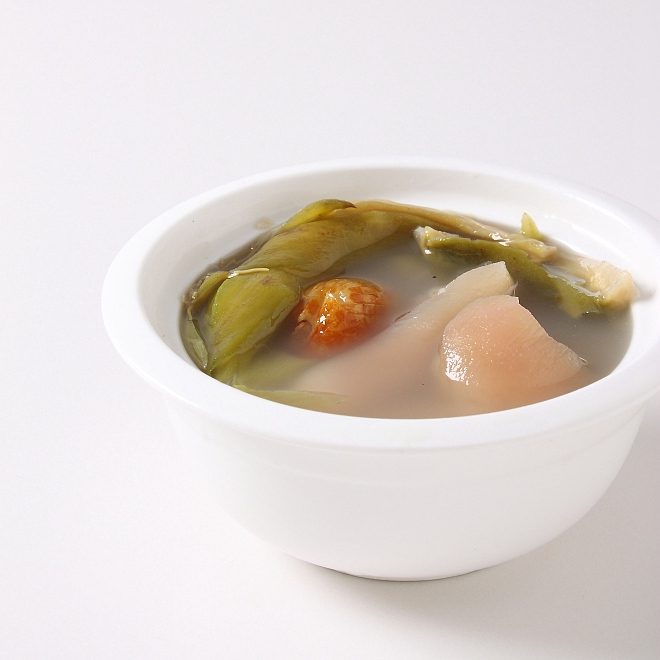
A typical "sword flower" soup in Guangdong. /VCG Photo
This beautiful plant belongs to the same family of cactus. Its vines can grow up to 15 meters, and are usually clinging to trees or stonewalls. The flower can grow to as big as 25 centimeters in diameter, and blooms in tropical summer nights between May to September.
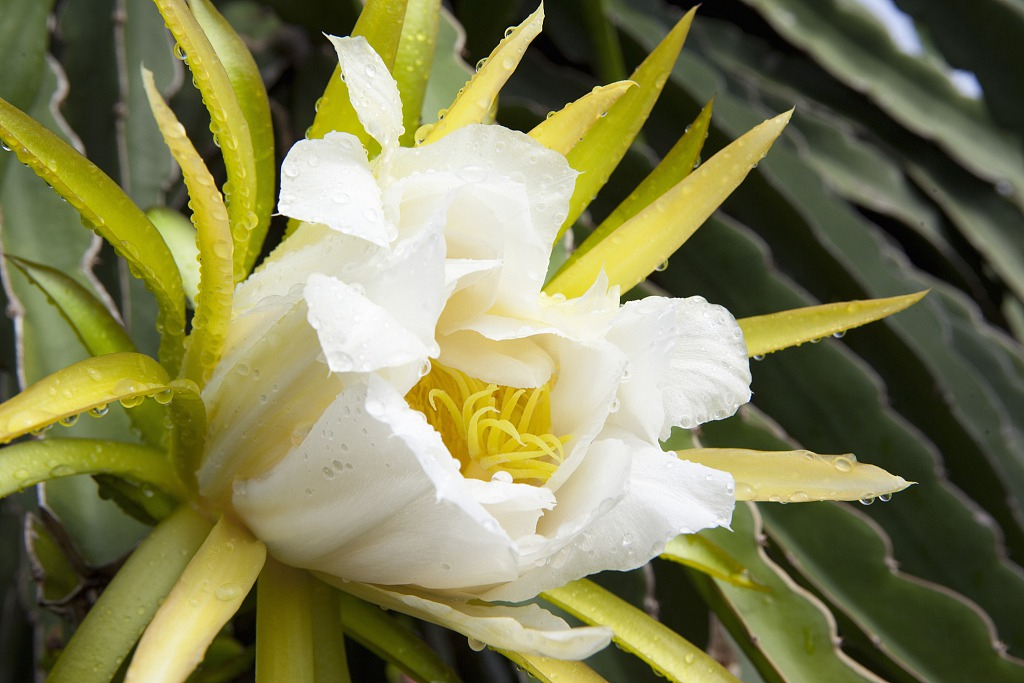
Hylocereus undatus flower after rain. /VCG Photo
An interesting fact of it is that when there is storm before the blooming period, the flower would grow even bigger and better. Therefore, some people also call it the "storm flower."
China's Flora Tour
From the wetlands along the coast to the dense rainforests hidden in the southwest of China, all boast an array of plant species. In this series, we will go on a tour to learn about some of the most representative flora in different provinces and see how they live in harmony with the local geography and climate.
(Cover image via VCG, designed by CGTN's Li Yueyun.)
(If you want to contribute and have specific expertise, please contact us at nature@cgtn.com)

Copyright © 2018 CGTN. Beijing ICP prepared NO.16065310-3
Copyright © 2018 CGTN. Beijing ICP prepared NO.16065310-3